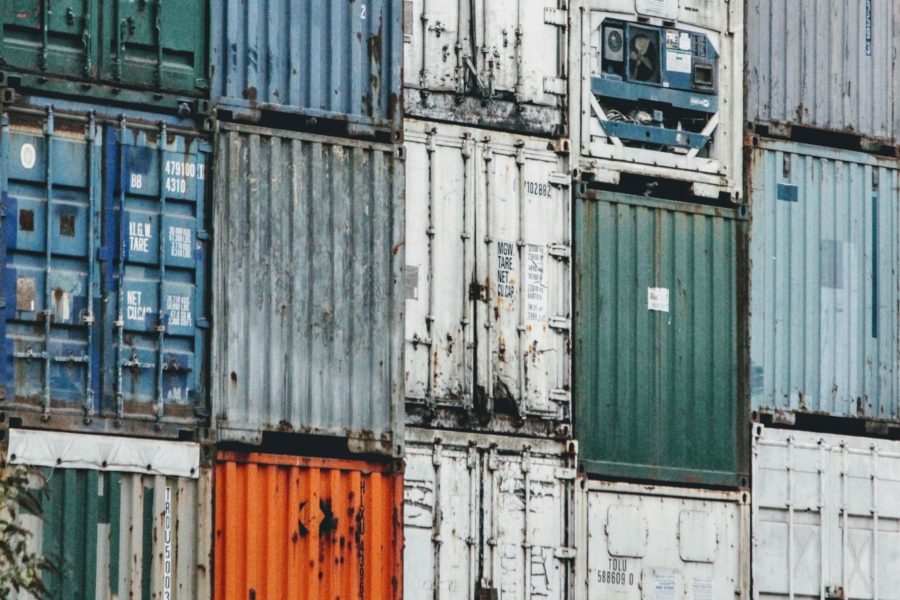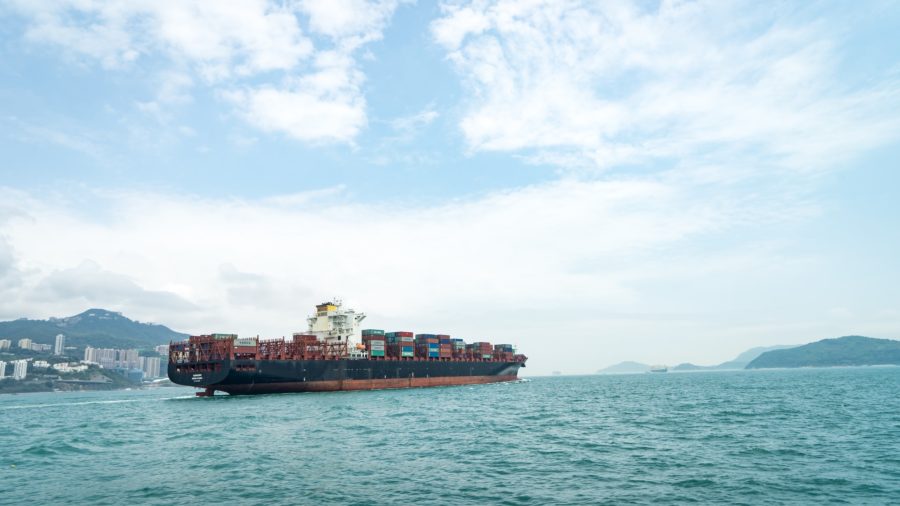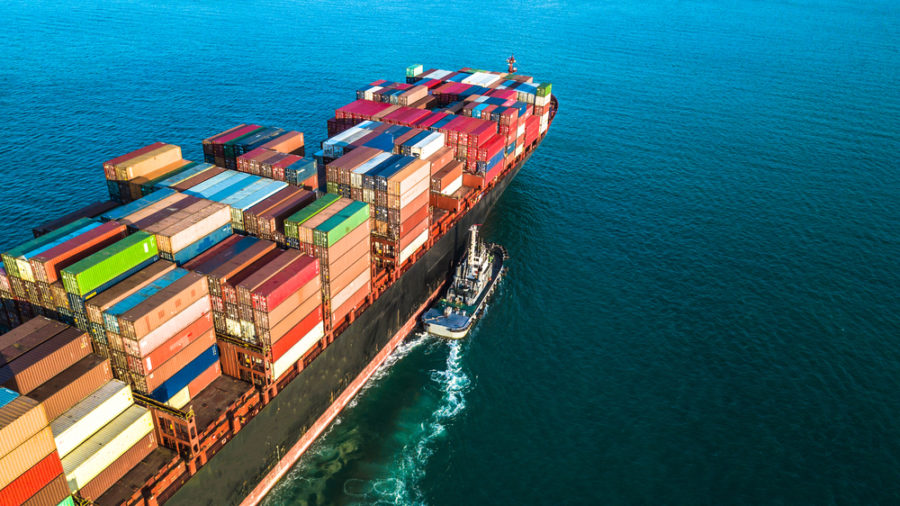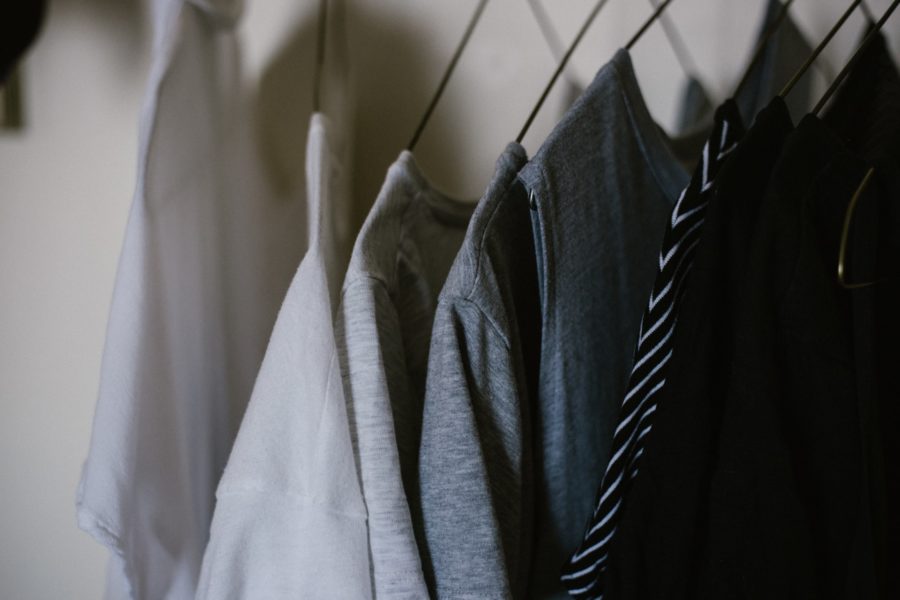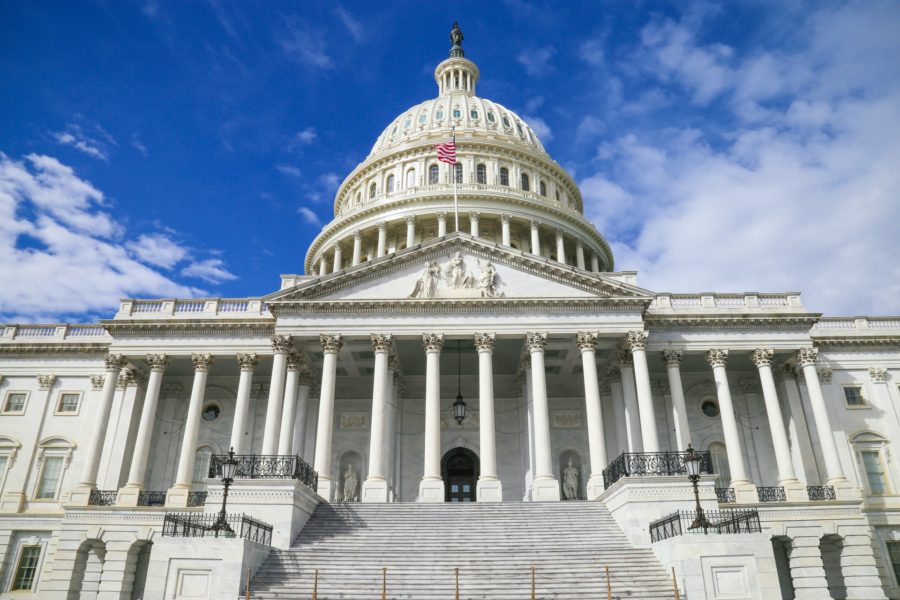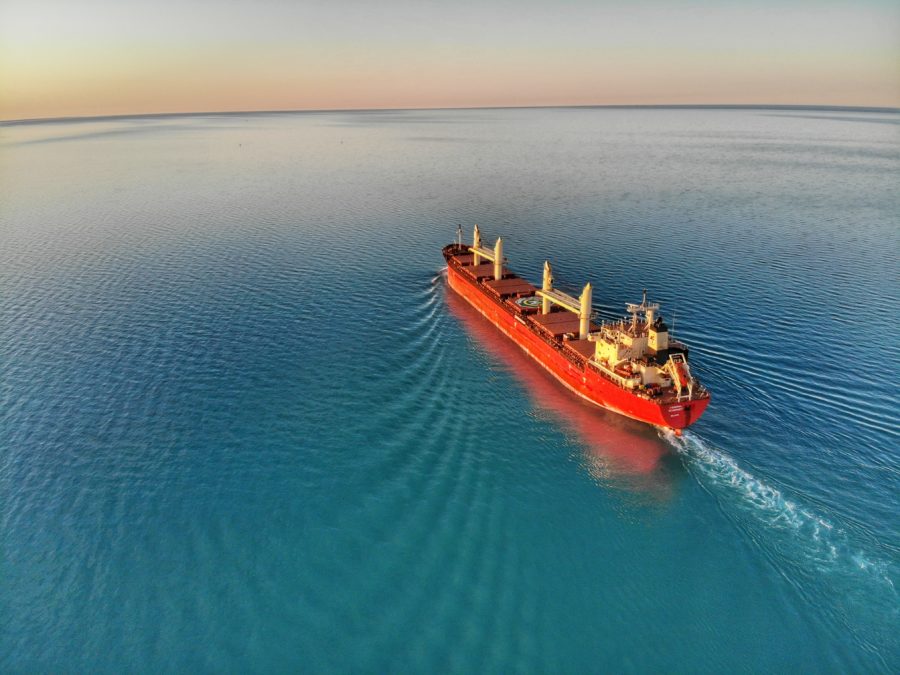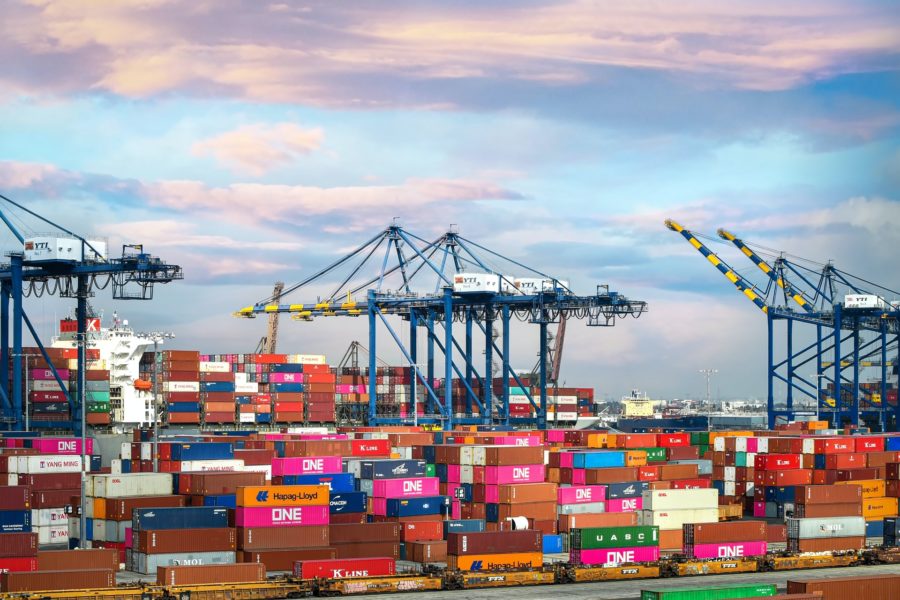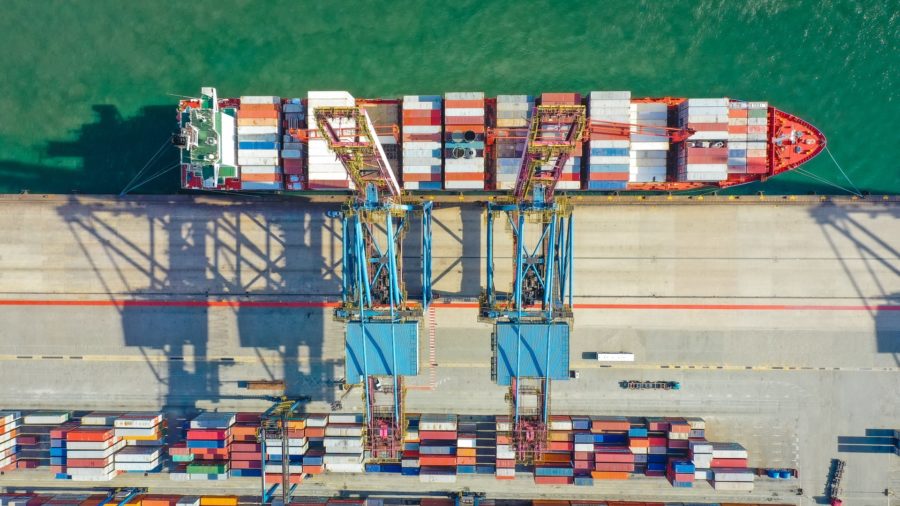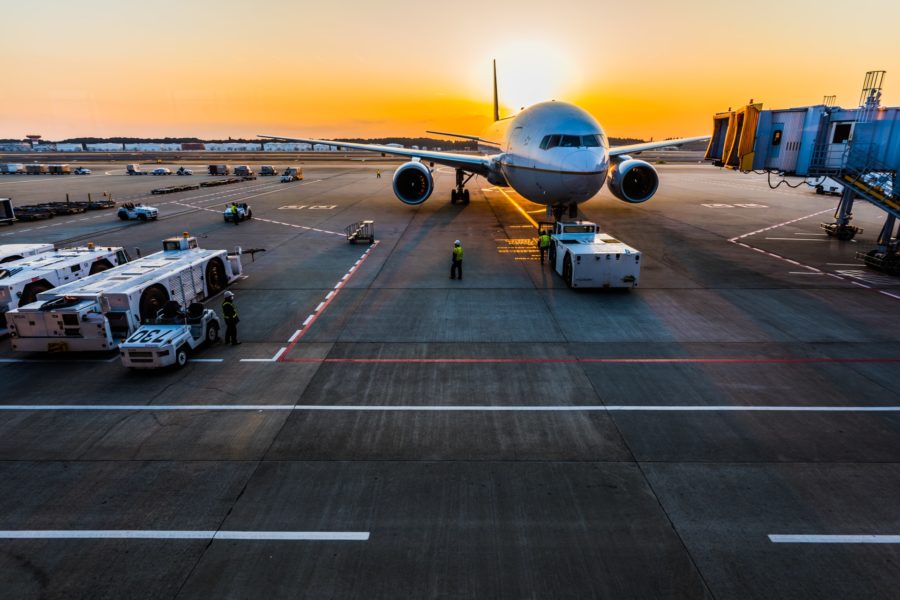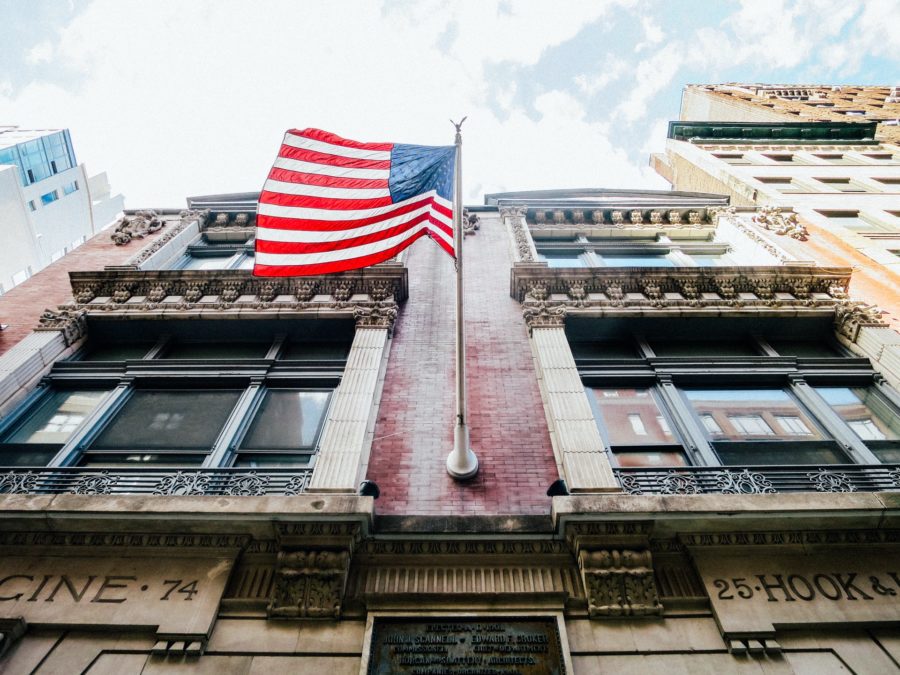Sign up for recent trade news that can affect your business:
April 5, 2021
Webinar: E-Commerce from Canada to USA Made Easy and Border-Free

Carson International is pleased to partner with BC Apparel and Gear to discuss how to increase your ecommerce sales into the United States from Canada.
Are you an SME looking to increase your ecommerce sales into the United States from Canada?
Join us on April 8 as we discuss Section 321 of the U.S. Customs Act that allows exporters to ship on a daily basis individual orders duty, tax and processing-free to U.S. Customers.
Presenter
Dave Pentland, Carson International
Webinar Details
E-Commerce from Canada to USA Made Easy and Border-Free
Thursday, April 8, 2021
Time: 12:00 noon PST
Zoom Connection Details
https://us02web.zoom.us/j/84831107255?pwd=dDY2OFY3VUhKQVo3Sis5YVFTSzNWQT09
Meeting ID: 848 3110 7255
Passcode: 059226
Follow the link below to view the event invite on the BC Apparel and Gear Website.
